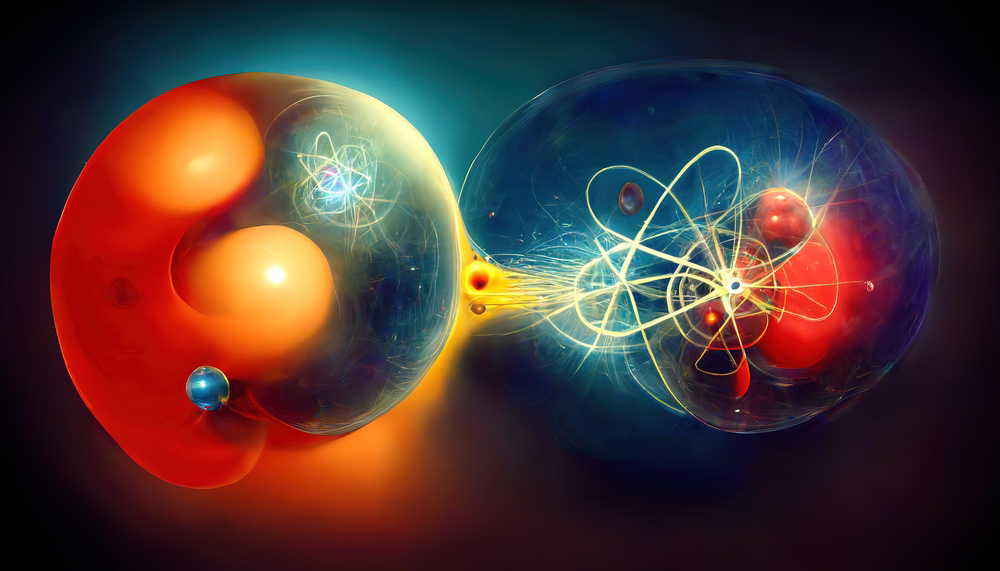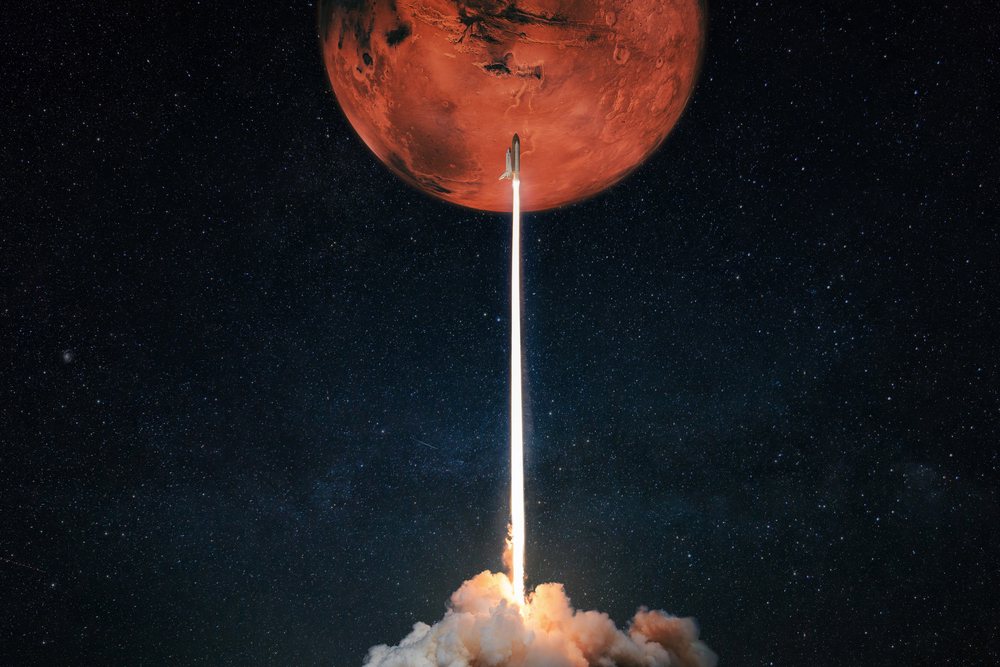A Neutrino Global Telecommunications System - Data Transmissions Through The Earth Itself!
… The end of Starlink?
Randell Mills, CEO of Brilliant Light Power, has proposed a global telecommunications system that ends the need for communications satellites. We will no longer need to launch satellites into Space. Communications will be able to be carried out via neutrinos travelling through the Earth itself.
This is from the Brilliant Light Power “News and Updates” page on 14th September 2022:
NEUTRINO COMMUNICATIONS INDICATED BY MOLECULAR HYDRINO TWO-PHOTON ½ ENERGY SPECTRUMNEUTRINO COMMUNICATIONS INDICATED BY MOLECULAR HYDRINO TWO-PHOTON ½ ENERGY SPECTRUM
Using Raman spectroscopy with a high energy laser, a series of 1000 cm-1 (0.1234 eV) equal-energy spaced Raman peaks were observed in the 8000 cm-1 to 18,000 cm-1 region wherein conversion of the Raman spectrum into the fluorescence or photoluminescence spectrum revealed a match as the ½ -energy ro-vibrational spectrum of H2(1/4) corresponding to the e-beam excitation emission spectrum of H2(1/4) in a KCl matrix given by 5.8eV-42(J+1)0.01509eV; J=0,1,2,3.. and comprising the matrix shifted v=1 to v=0 vibrational transition with 0.25 eV energy-spaced rotational transition peaks. Due to the unique electronic structure of H2(1/4) comprising a paired and an unpaired electron in the H2(1/4) molecular orbital (MO) requiring spin ½ conservation during vibrational transitions, the corresponding energy levels matched theoretical predictions of ro-vibration states of molecular hydrino with excitation and decay involving two-photons, each of ½ the energy of the ro-vibrational state. These results support the potential of H2(1/4) neutrino emission and absorption (Eq. (48)) serving as a means for communication (e.g. a neutrino telecommunication system wherein H2(1/p) serves as a neutrino emitter corresponding to a signal transmitter and a neutrino absorber resulting in partial internal conversion to 2-photon emission to a photodetector corresponding to a receiver). The cross section of neutrinos, and especially low-energy neutrinos, toward any form of interaction such as nuclear reactions is essentially zero such that neutrino signals may be transmitted through any form of solid matter including through the Earth thereby eliminating the dependence on satellites and telecommunication towers.
https://brilliantlightpower.com/pdf/Hydrino_States_of_Hydrogen.pdf#page=69
NEUTRINO COMMUNICATIONS INDICATED BY MOLECULAR HYDRINO TWO-PHOTON ½ ENERGY SPECTRUMNEUTRINO COMMUNICATIONS INDICATED BY MOLECULAR HYDRINO TWO-PHOTON ½ ENERGY SPECTRUM
Using Raman spectroscopy with a high energy laser, a series of 1000 cm-1 (0.1234 eV) equal-energy spaced Raman peaks were observed in the 8000 cm-1 to 18,000 cm-1 region wherein conversion of the Raman spectrum into the fluorescence or photoluminescence spectrum revealed a match as the ½ -energy ro-vibrational spectrum of H2(1/4) corresponding to the e-beam excitation emission spectrum of H2(1/4) in a KCl matrix given by 5.8eV-42(J+1)0.01509eV; J=0,1,2,3.. and comprising the matrix shifted v=1 to v=0 vibrational transition with 0.25 eV energy-spaced rotational transition peaks. Due to the unique electronic structure of H2(1/4) comprising a paired and an unpaired electron in the H2(1/4) molecular orbital (MO) requiring spin ½ conservation during vibrational transitions, the corresponding energy levels matched theoretical predictions of ro-vibration states of molecular hydrino with excitation and decay involving two-photons, each of ½ the energy of the ro-vibrational state. These results support the potential of H2(1/4) neutrino emission and absorption (Eq. (48)) serving as a means for communication (e.g. a neutrino telecommunication system wherein H2(1/p) serves as a neutrino emitter corresponding to a signal transmitter and a neutrino absorber resulting in partial internal conversion to 2-photon emission to a photodetector corresponding to a receiver). The cross section of neutrinos, and especially low-energy neutrinos, toward any form of interaction such as nuclear reactions is essentially zero such that neutrino signals may be transmitted through any form of solid matter including through the Earth thereby eliminating the dependence on satellites and telecommunication towers.
https://brilliantlightpower.com/pdf/Hydrino_States_of_Hydrogen.pdf#page=69

